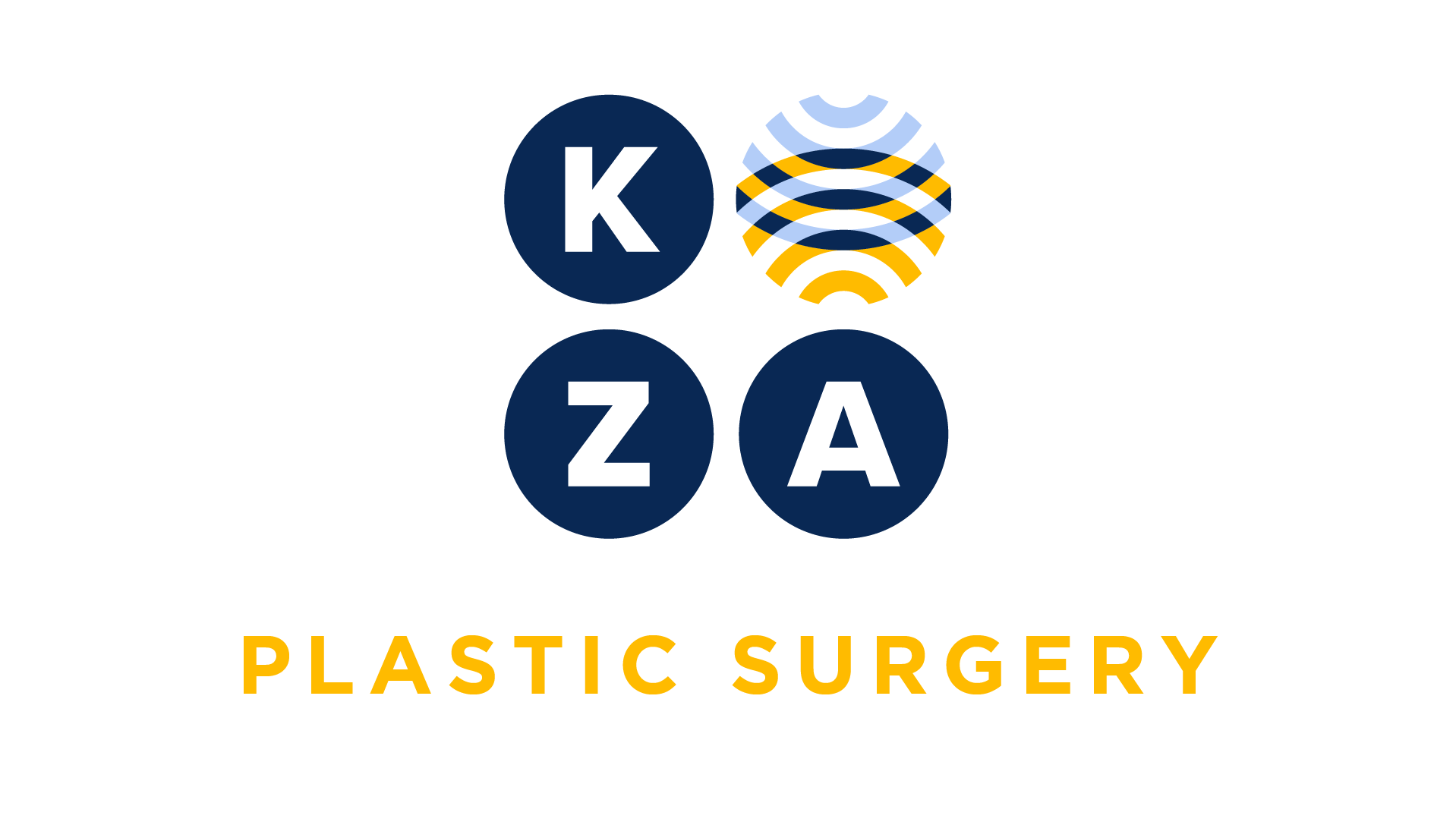
Choose your specialty from the list below to see how our experts have tackled a wide range of client questions.
Looking for something specific? Utilize our search feature by typing in a key word!
POST OP Hemorrhage Repair
My coder says I cannot bill for taking the patient back to the OR to repair a post-op hemorrhage during the global period. She says that all complications are included in the payment for the initial surgery. Is that correct?
Question:
My coder says I cannot bill for taking the patient back to the OR to repair a post-op hemorrhage during the global period. She says that all complications are included in the payment for the initial surgery. Is that correct?
Answer:
No, that is not the case. You may bill for the post-op hemorrhage repair if you take the patient back to the OR. CPT and Medicare agree that taking the patient back to the OR to treat a complication is billable. Modifier 78 (unplanned return to the OR) is appended to the procedure code(s) performed to treat the hemorrhage. The appropriate ICD-10-CM code for a postoperative hemorrhage would also be reported.
E/M Coding Based on Time
When choosing the level of E/M we are confused about the History and Exam. If we choose a level of E/M based on time, does this time count toward total time, or is it only time spent on MDM?
Question:
When choosing the level of E/M we are confused about the History and Exam. If we choose a level of E/M based on time, does this time count toward total time, or is it only time spent on MDM?
Answer:
When choosing a level of E/M based on time, CPT identifies the following activities as those that may contribute to total time on the date of service. As displayed below in bold font, obtaining the history and performing the exam contribute to the total time for code selection. These activities occur on the same day as the actual encounter to contribute to the level of service.
Physician/other qualified health care professional time includes the following activities when performed:
- preparing to see the patient (eg, review of tests);
- obtaining and/or reviewing separately obtained history;
- performing a medically appropriate examination and/or evaluation;
- counseling and educating the patient/family/ caregiver;
- ordering medications, tests, or procedures;
- referring and communicating with other health care professionals (when not separately reported);
- documenting clinical information in the electronic or other health record;
- independently interpreting results (when not separately reported) and communicating results to the patient/family/caregiver; and
- care coordination (when not separately reported).
source: CPT Assistant April 2022
Post Op Hemorrhage Repair
What Modifier do I use when I have to take the patient back to the operating room to repair a post-operative hemorrhage?. My coder told me that complications are included in the payment for the original surgery. But one of my colleagues told me I can bill for the repair during the post-op period.
Question:
What Modifier do I use when I have to take the patient back to the operating room to repair a post-operative hemorrhage?. My coder told me that complications are included in the payment for the original surgery. But one of my colleagues told me I can bill for the repair during the post-op period.
Answer:
Yes, you may bill for complication that sent the patient back to the OR for the repair. CPT and Medicare agree that taking the patient back to the OR to treat a complication is billable. Modifier 78 (unplanned return to the OR) is appended to the procedure code(s) performed to treat the hemorrhage.
Wound Debridement
What CPT code would you use for a wound debridement when the operative notes says the wound will heal by secondary intention. Do you use a repair code?
Question:
What CPT code would you use for a wound debridement when the operative notes says the wound will heal by secondary intention. Do you use a repair code?
Answer:
You would report a wound debridement code 1104X. The code selected would depend on anatomic location and total sq cm. You would not report a repair code. Secondary intention healing is when a wound is left open. No sutures or other materials are used to close the wound. Dressings are applied instead in order to protect the wound from contamination.
Adjacent Tissue Transfer
How should my physician document an adjacent tissue transfer? My physician documents the total in sq cm for the entire repair.
Question:
How should my physician document an adjacent tissue transfer? My physician documents the total in sq cm for the entire repair.
Answer:
The primary and secondary defect dimensions are required. The primary defect is the excision site and the secondary defect results from the flap design to perform the reconstruction. So documentation in the operative report must include:
- Primary defect-sq cm
- Secondary defect sq cm
- Primary defect sq + secondary defect sq cm=CPT code
Forehead Flap
Our plastic surgeon routinely does repairs after Mohs surgery. What CPT code do I report for a paramedian forehead flap to reconstruct a nasal defect after Mohs surgery.
Question:
Our plastic surgeon routinely does repairs after Mohs surgery. What CPT code do I report for a paramedian forehead flap to reconstruct a nasal defect after Mohs surgery.
Answer:
The correct code to report is CPT code 15731 (Forehead flap with preservation of vascular pedicle (e.g., axial pattern flap, paramedian forehead flap).

